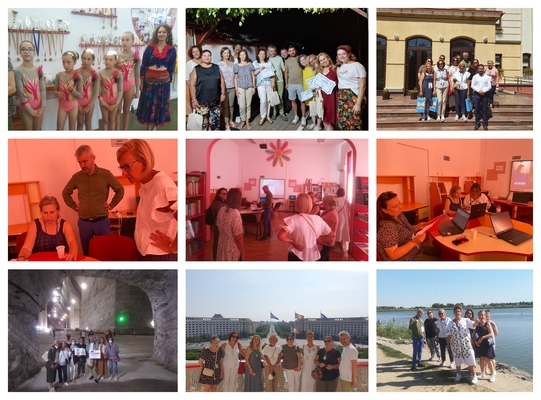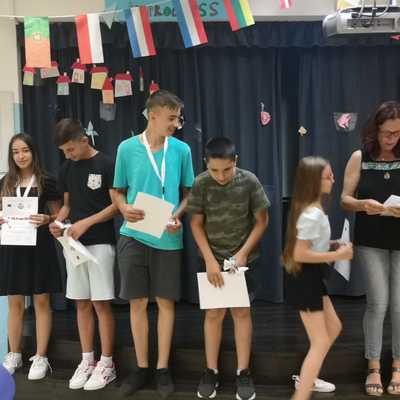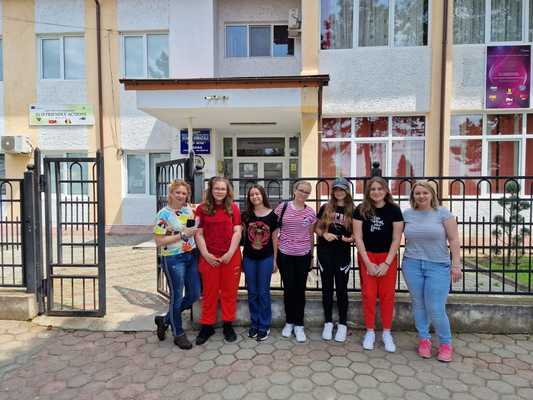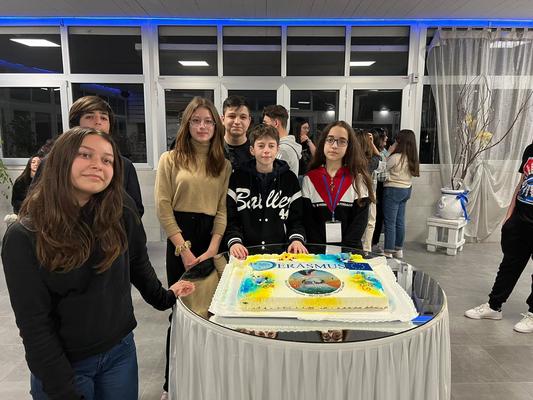GREEK CICERONES
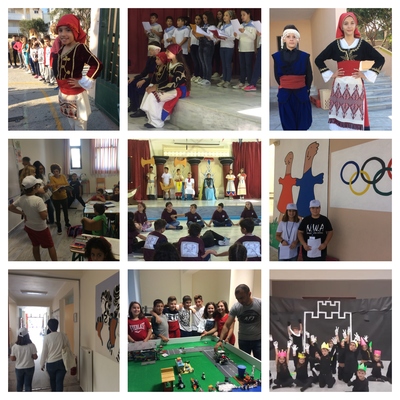
Τhe "piccoli ciceroni" from Greece to Italy, Portugal, Slovenia
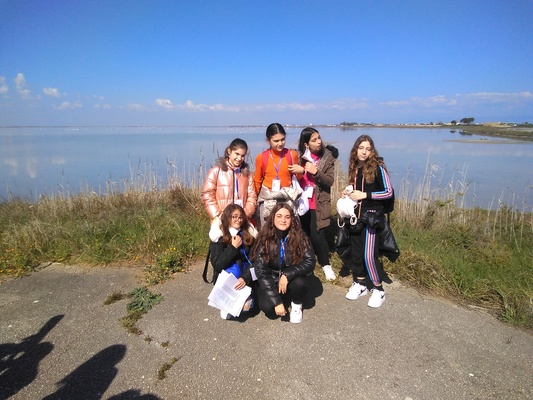
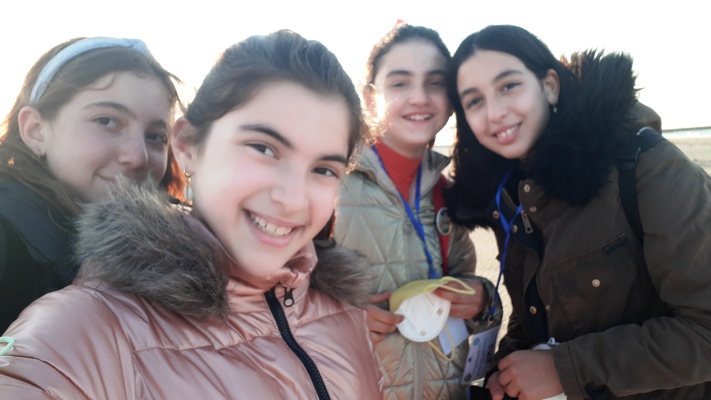
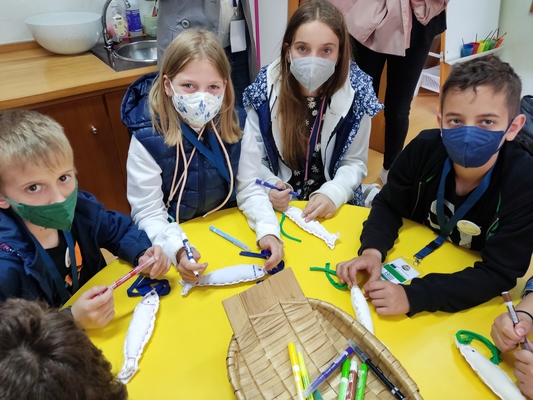
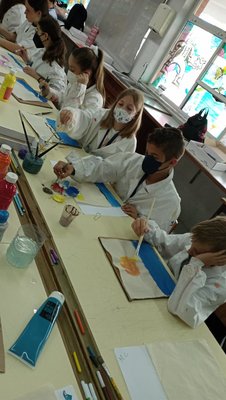
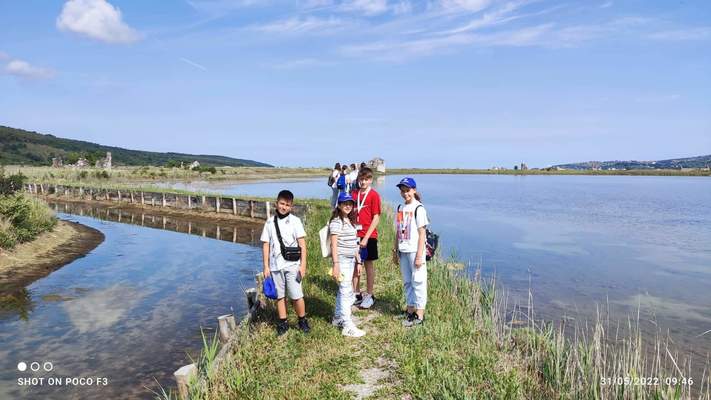
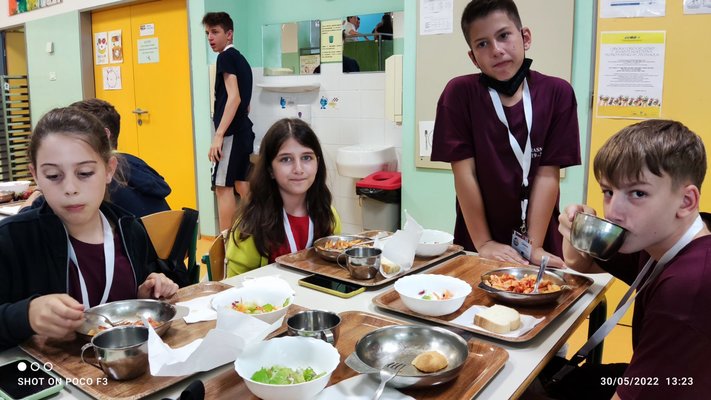
ITALIAN CICERONES
[clic on image to watch the video]
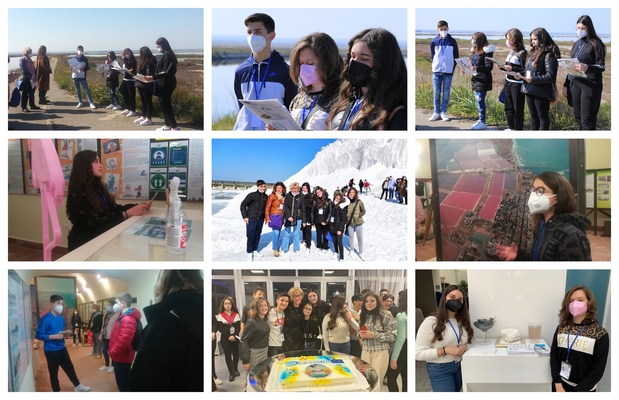
PORTUGUESE CICERONES
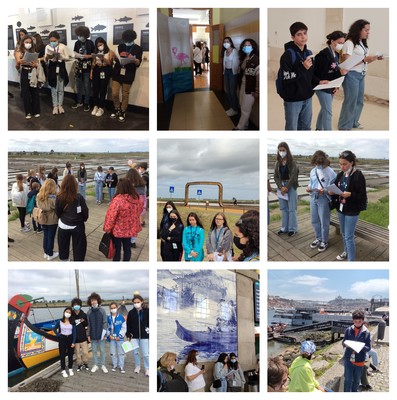
Link to short video of our young cicerones at the Aveiro salt pans; on the moliceiro boat in the Ria of Aveiro (lagoon); at the Comur Museum; at the Museum of santa Joana in Aveiro; at Douro wine cellar - salt warehouses; at S. Bento train station - iconic tiles on the trade of salt motif, in the hustle and bustle of city streets showing places of interest.
https://youtu.be/Hk7u6E35D8A
SLOVENIAN CICERONES
Young Cicerones were the guides of their European partners in the salt pans of Sečovlje, where they talked about:
- the salt pans, salt production, and the work of salt-workers
- the most common plants found in the salt pans
- the birds and other animals seen in the salt plants
They also guided their peers and teachers in the school building and around their hometown, Izola. In Piran, they gave a tour of the city and lead their guests in a treasure hunt around the medieval town.
During the excursion to Lake Cerknica they spoke on the bus about the Karst phenomena and the intermittent lake.
In Ljubljana, they took their peers on a guided tour of the old town centre.
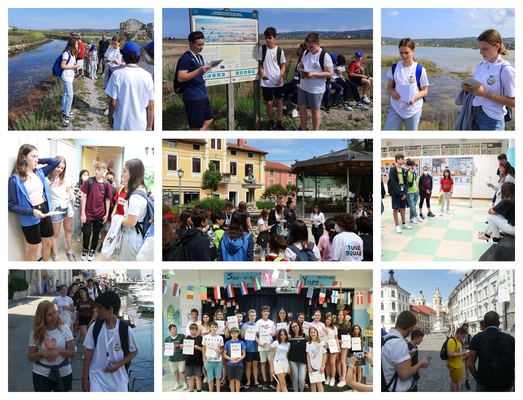
Within the project's duration, they prepared for ppt presentations about:
- the fauna of the salt pans
- the salt pan flora
- the human activities related to salt .
They worked online to communicate with their partners.
As hosts, they collaborated in workshops dealing with the salt pans and fauna. 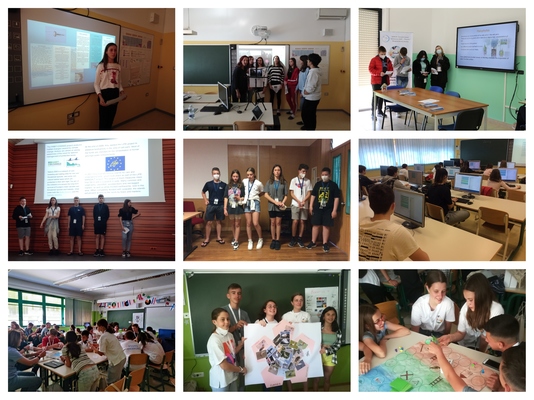
The Slovenian cicerones also took care of dissemination of the projects activities and results:
AMONG THE OTHER PUPILS and TEACHERS AT SCHOOL:
- during the Erasmus+ days held at school twice a year,
- after each mobility in which they participated with a video or ppt presentation,
- by updating the Erasmus Wall with recent information, documents, and pictures.
FOR THE PARENTS:
- during some parents meetings, the young cicerones presented the mobility that they carried out,
- who could see the updated Erasmus Wall in the hall whenever they visited the school,
- by publishing articles, photos, and other products (videos, e-books, etc.) on the school's webpage,
FOR THE LOCAL COMMUNITY:
- by writing articles for the local media after the mobilities and some Erasmus+ days held at school or outside,
- by inviting external people to collaborate with them in the project;
- by showing their products on display at local exhibitions,
- by handing out their products done within the project in order to teach the public about the topic of the salt pans. 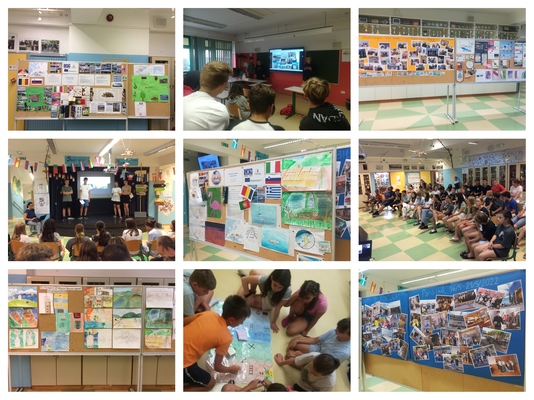
ROMANIAN CICERONES
